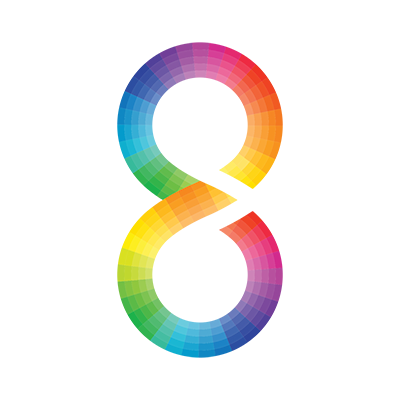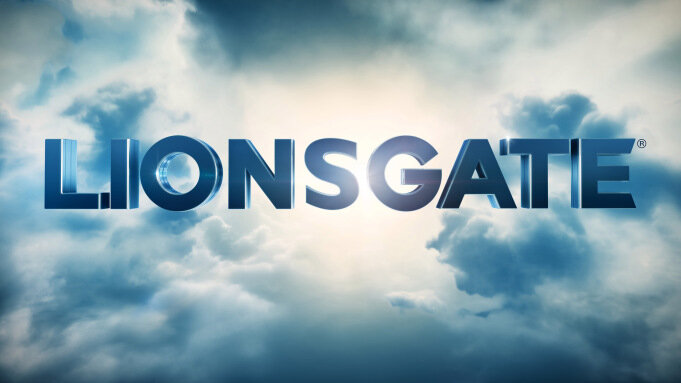COLOUR STUDIO - UAE
Colorama, the ultimate destination for all your color grading needs in UAE.
Our team of expert colorists has years of experience in the film industry, and we're passionate about bringing your cinematic vision to life. With state-of-the-art technology and the latest color grading software, we'll work with you to create the perfect look for your movie, TV show, or commercial.
At our Colour Studio, we offer a range of color grading services that will take your project to the next level. Whether you're looking for a classic Hollywood look or something more modern and edgy, our team has the skills and expertise to bring your vision to life. We use a range of techniques, from subtle color tweaks to full-scale color grading, to create the perfect look for your project.
We pride ourselves on our fast and efficient service, and we're committed to meeting your deadlines and exceeding your expectations. We understand that time is of the essence when it comes to film production, and we'll work tirelessly to ensure that your project is delivered on time and to the highest possible standard.
key studio features-
SDR/HDR Dolby Certified Monitors
DCP & IMF creation
Highly Skilled team
Work 24/7 to meet your deadline
So what are you waiting for? Come visit us at Colour Studio today and experience the world of color like never before!







